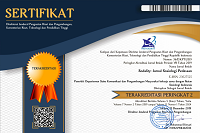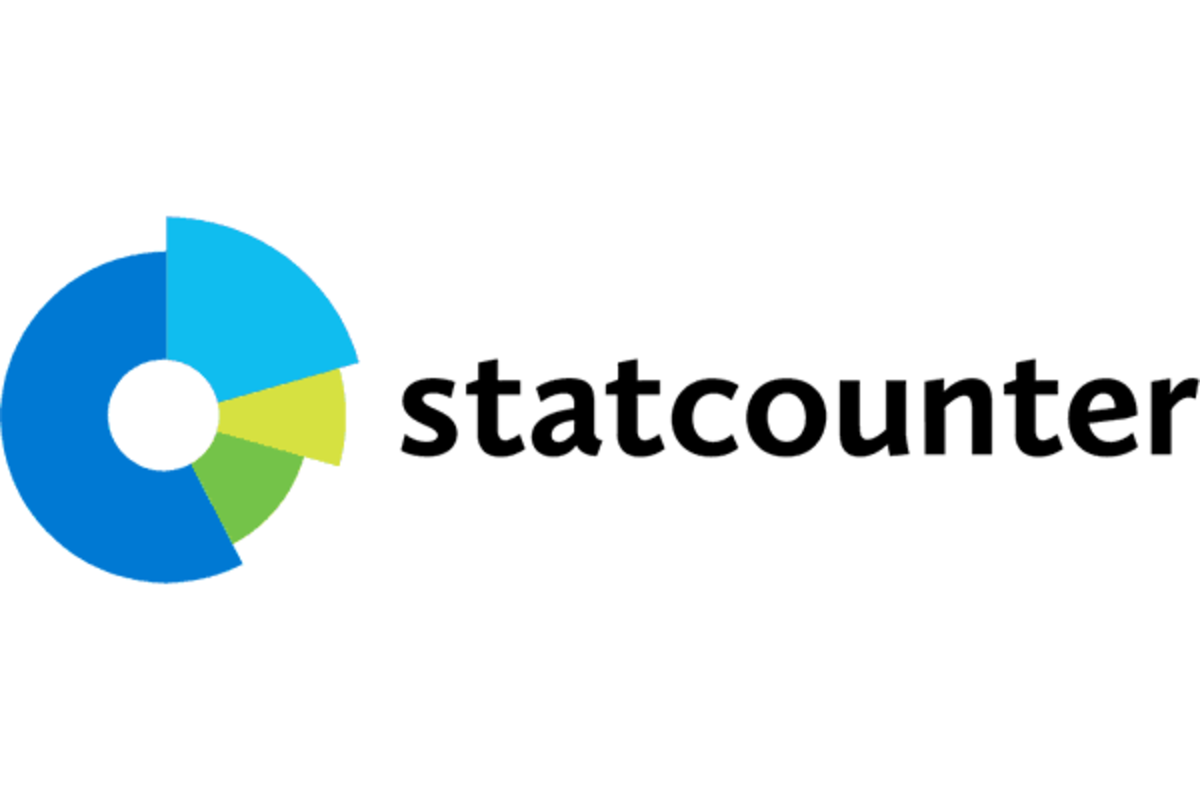Transformation of Livelihood Institutions and the Organization of Punan Dayak Communities in Berau District, East Kalimantan
Abstract
The social-ecological system of forests are changing with increasing modernity and has prompted the forest-dependent Dayak Punan community to adapt to the new conditions. In addition to changing livelihood structures, the institutional setting and social norms of subsistence strategies are also undergoing adaptation process. Therefore, the main question of this research is what institutional transformation are occuring of livelihoods in the Punan Dayak community as an adaptation to the modernity that entering the region where they live? A qualitative approach supported by quantitative data is used to obtain data and information in four Punan Dayak communities in Berau District, East Kalimantan. The level of dependence of Punan Dayak households on forests is declining, marked by increasing dominance of non-forest livelihood sources (i.e. wages and business). Institutions guiding the interaction between communities and the forest as a source of livelihoods, has also changed. In the four communities studied, the process of institutional transformation has produced four types of institutional organisations of subsistence vs. income dependent livelihoods, namely: subsistence-collective (livelihood activities to meet household food carried out in groups), subsistence-collective to commercial-contractual transition, commercial-collective (a livelihood activity aimed at earning money coordinated by the institution at the community level), and commercial-contractual (livelihood activities aimed at earning money/profits through formal working relationships individually or in groups).
References
Amrifo V. 2013. Analisis sosiologi ekonomi kelembagaan dalam transformasi sosiokultural masyarakat adat (kasus Suku Duano di Provinsi Riau). Berkala Perikanan Terubuk. 41 [1]: 62–74.
Angelsen A, Larsen HO, Lund JF, Smith-Hall C, Wunder S. 2011. Why measure rural livelihoods and environment dependence? dalam Angelsen A, Larsen HO, Lund JF, Smith-Hall C, Wunder S. 2011. Measuring livelihoods and environment dependence: methods for research and fieldwork. New York (US). Earthscan from Routledge: 1-16.
Bell, C. dan Newby, H. 1978. Community Studies: An Introdustion to The Sosiology of The Local Community. George Allen & Unwin, Boston.
Boeke, JH. 1953. Economic policy of dual societies as exemplified by Indonesia dalam Sajogyo (Penyunting). 1982. Bunga rampai perekonomian desa. Bogor (ID). Yayasan Obor Indonesia dan Institut Pertanian Bogor.
Cramb RA, Colfer CJP, Dressler W, Laungaramsri P, Le QT, Mulyoutami E, Peluso NL, Wadley RL. 2009. Swidden transformations and rural livelihoods in Southeast Asia. Hum Ecol. 37:323–346.
Cramb RA and Sujang PS. 2013. The mouse deer and the crocodile: oil palm smallholders and livelihoods strategies in Sarawak, Malaysia. The Journal of Peasant Studies. 40 [1]: 129-154.
Creswell JW. 2012. Research design: pendekatan kualitatif, kuantitatif dan mixed. Yogyakarta (ID). Pustaka Pelajar.
Eghenter C dan Sellato B (Eds). 1999. Kebudayaan dan pelestarian alam penelitian interdisipliner di pedalaman Kalimantan. Jakarta (ID). WWF Indonesia.
Denzin, N.K. and Lincoln, Y.S. 2003. Collecting and Interpreting Qualitative Materials. Sage Publications, London.
Dewi S, Belcher B, Puntodewo A. 2005. Village economic opportunity, forest dependence, and rural livelihoods in East Kalimantan, Indonesia. World Development Jurnal. 33 [9]: 1419–1434.
Dharmawan AH, Putri EIK, Mardiyaningsih DI. 2016. Smallholder farmers’ resilience in rural-ecological crises: studi case from West Java, Indonesia. The International Journal of Sustainability in Economic, Social and Cultural Context. 12 [3]: 17-34, www.onsustainability.com.
Dharmawan AH. 2007. Sistem penghidupan dan nafkah pedesaan: pandangan sosiologi nafkah (livelihood sociology) Mahzab Barat dan Mahzab Bogor. Sodality: Jurnal Transdisiplin Sosiologi, Komunikasi dan Ekologi Manusia. 1 [02]:
Dove, Michael R (ed). 1985. Peranan Kebudayaan Tradisional Indonesia dalam Modernisasi. Jakarta (ID). Yayasan Obor Indonesia.
Hayami, Y. dan Kikuchi, M. 1978. Dilema Ekonomi Desa Suatu Pendekatan Ekonomi terhadap Perubahan Kelembagaan di Asia. Yayasan Obor Indonesia, Jakarta.
Inoue M, Lugan, Bilung I. 1991. Changes in economic life of the hunter and gatherers: the Kelay Punan in East Kalimantan. TROPICS. 1 [2/3]: 143-153.
Koentjaraningrat, 2015. Pengantar Ilmu Antropologi. PT Rineka Cipta, Jakarta.
Kuhn C, Katz E, Levang P. 2000. At home in the forest: the Punan people of the Malinau river. Bogor (ID). CIFOR and IRD.
Levang P, Sitorus S, Dounias E. 2007. City life in the midst of the forest: a Punan hunter-gatherer’s vision of conservation and development. Ecology and Society 12(1): 18.
Li TM. 2014. Involution’s dynamic others. Journal of The Royal Anthropological Institute. 20: 276-292
______. 2010. Indigeneity, capitalism, and the management of dispossession. Current Anthropology. 51[3]: 385-414.
Liswanti N, Indawan A, Sumardjo, Sheil D. 2004. Persepsi masyarakat Dayak Merap dan Punan tentang pentingnya hutan di lansekap hutan tropis, Kabupaten Malinau, Kalimantan Timur. Jurnal Manajemen Hutan Tropika. 10 [2]: 1-13.
Mardiyaningsih DI. 2010. Perubahan Sosial di Desa Pertanian Jawa : Analisis terhadap Dinamika Sistem Penghidupan Masyarakat Tani. Tesis Sekolah Pascasarjana-Institut Pertanian Bogor, Bogor.
Mertz O, Egay K, Bruun TB, Colding TS. 2013. The last swiddens of Sarawak, Malaysia. Human Ecology. 41[1]: 109-118.
Mirajiani, Wahyuni E S, Satria A, Saharuddin, Kusumastanto T. 2014. Transformasi pranata patronase masyarakat nelayan: dari ekonomi moralitas menuju ekonomi pasar. Jurnal Komunitas. 6 [1]: 115-134.
Murphy AM. 1999. Indonesia and globalization. Asian Perspective. 23 [4]: 229-259.
Ritzer G, Dean P. 2015. Globalization: a basic text. West Sussex (UK). John Wiley&Sons, Ltd.
Sajogyo. 1982. Modernization without Development. The Journal of Social Studies.
Scott JC, 1981. Moral Ekonomi Petani Pergolakan dan Subsistensi di Asia Tenggara. Lembaga Penelitian, Pendidikan dan Penerangan Ekonomi dan Sosial (LP3ES), Jakarta.
Sellato B. 1994. Nomads of the Borneo rainforest: the economics, politics, and ideology of settling down. Honolulu (US). University of Hawaii Press.
Sercombe P, Sellato B. 2007. Beyond the green myth: Borneo's hunter-gatherers in the twenty-first Century. Copenhagen (DK). NIAS Press.
Sitorus S, Levang P, Dounias E, Mamung D, Abot D. 2004. Potret Punan Kalimantan Timur: Sensus Punan 2002-2003. Bogor (ID). CIFOR.
Soekanto S. 1982. Sosiologi suatu Pengantar. PT Raja Grafindo Persada, Jakarta.
Soemardjan, Selo & Breazeale, Kennon. 1993. Cultural Change in Rural Indonesia: Impact of Village Development. Sebelas Maret University Press, Yayasan Ilmu-ilmu Sosial, and East-West Center, Solo, Jakarta, Honolulu.
Strasser, Herman & Randall Susan C. 1981. An Introduction to Theories of Social Change. Routledge & Kegan Paul, London.
Tjondronegoro, Sediono M.P. 1984. Social Organization and Planned Development in Rutal Java. Oxford University Press, Singapore.
Uluk A, Sudana M, Wollenberg E. 2001. Ketergantungan masyarakat Dayak terhadap hutan di sekitar Taman Nasional Kayan Mentarang. Bogor (ID). CIFOR.
Authors who publish with this journal agree to the following terms:
- Authors retain copyright and grant the journal right of first publication with the work simultaneously licensed under a

This work is licensed under a Creative Commons Attribution 4.0 International License. that allows others to share the work with an acknowledgement of the work's authorship and initial publication in this journal. - Authors are able to enter into separate, additional contractual arrangements for the non-exclusive distribution of the journal's published version of the work (e.g., post it to an institutional repository or publish it in a book), with an acknowledgement of its initial publication in this journal.
- Authors are permitted and encouraged to post their work online (e.g., in institutional repositories or on their website) prior to and during the submission process, as it can lead to productive exchanges, as well as earlier and greater citation of published work (See The Effect of Open Access).




.png)









